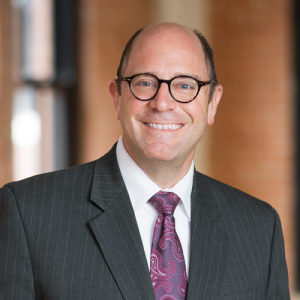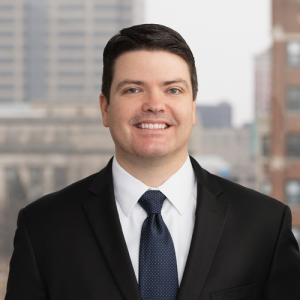Under the final Code Section 501(r) regulations, as published in December 2014, a hospital facility’s financial assistance policy (“FAP”) must include a list of all providers of emergency and medically necessary care in the facility and must identify which are and are not covered by the FAP. In the newly published Notice 2015-46 (“Notice”), the IRS has clarified how hospital facilities may satisfy this requirement. In addition to providing clarity, the Notice offers helpful flexibility for hospital facilities as they work to appropriately list their providers either in or alongside their FAPs.
History
As background, the IRS published proposed regulations applicable to various 501(r) requirements, including the FAP, in 2012. In response to those proposed regulations, some commenters noted that hospital patients, including emergency room patients, may be seen during a hospital visit by various providers, including private physicians and other third parties. These commenters asked that the IRS clarify whether the hospital facility’s FAP must apply to these providers. The IRS responded to these comments by adding to the final regulations a requirement that each hospital facility’s FAP include “a list of any providers, other than the hospital facility itself, delivering emergency or other medically necessary care in the hospital facility that specifies which providers are covered by the hospital facility’s FAP and which are not.”
Hospital organizations expressed numerous concerns about this requirement to the IRS. For example, such lists will be lengthy – especially for large hospital facilities – and difficult to maintain. In the Notice, the IRS acknowledged these concerns but, in the interest of transparency, decided to retain the provider list requirement. Through the Notice, however, the IRS does provide helpful clarification of how hospital facilities can satisfy the requirement.
Key Elements of the Notice
In various respects, the Notice allows hospital facilities flexibility in assembling and maintaining their provider lists. For example, hospital facilities may list individual physicians by name or, where all of the physicians within a group are covered by the FAP, may simply identify the group. A hospital facility also may list a department or type of service if all providers in such department or of such service are covered by the FAP. In addition, the Notice confirms that a provider might be covered by the FAP in some circumstances but not in others; the critical issue here is that the provider list must clearly describe the circumstances in which care delivered by the provider will and will not be covered. The Notice also clarifies that the provider list does not have to address situations where care from a provider may be eligible for assistance under a policy or program outside of the FAP.
Perhaps most helpfully, the Notice confirms that the provider list may be maintained outside of the FAP itself. For example, the hospital facility may create the list in an appendix to the FAP or in an entirely separate document. If separate, the list must include the date it was created or last updated. The FAP then must identify the separate document that contains the list and must specify how members of the public can readily obtain that document both online and on paper. In certain respects, this new approach mirrors how the final regulations apply the requirement for calculating and documenting amounts generally billed (“AGB”) – which allows hospital facilities either to state the AGB percentage in the FAP itself or to recite in the FAP how people can request the AGB information.
Procedurally, the FAP itself must be approved by an authorized body of the hospital facility, such as the board or a board committee. In contrast, the Notice clarifies that updates to the provider list do not require approval by an authorized body, regardless of whether that list is part of the FAP or in a separate document. This will make it easier for hospital facilities to keep their lists current and accurate – which is critical considering that full compliance with Code Section 501(r) and, by extension, with the final regulations is essential for a hospital facility to remain tax exempt under Code Section 501(c)(3). Fortunately, the Notice expressly acknowledges that hospital facilities often will be able to treat errors in the provider list as minor omissions and errors that do not jeopardize the facility’s Code Section 501(c)(3) status. To take this approach, however, the hospital facility must regularly take appropriate and timely steps to ensure that its list remains accurate. The Notice suggests that updating the list at least quarterly will be reasonable.
Practical Takeaway
Overall, the Notice will be helpful for hospital facilities seeking to develop and maintain an accurate and current list of outside providers. Hospital facilities should give careful attention to the Notice as they continue to refine their financial assistance policies, prepare the corresponding provider list and develop processes to ensure that such lists remain current and accurate.
Should you have questions or require further information, please contact:
- Jeffrey L. Carmichael at (317) 977-1443 or jcarmichael@wp.hallrender.com;
- Calvin R. Chambers at (317) 977-1459 or cchambers@wp.hallrender.com; or
- Your regular Hall Render attorney.
For more information on 501(r) compliance, please visit: www.hallrender.com/501r. Please visit the Hall Render Blog at http://blogs.hallrender.com/ for more information on topics related to health care law.


